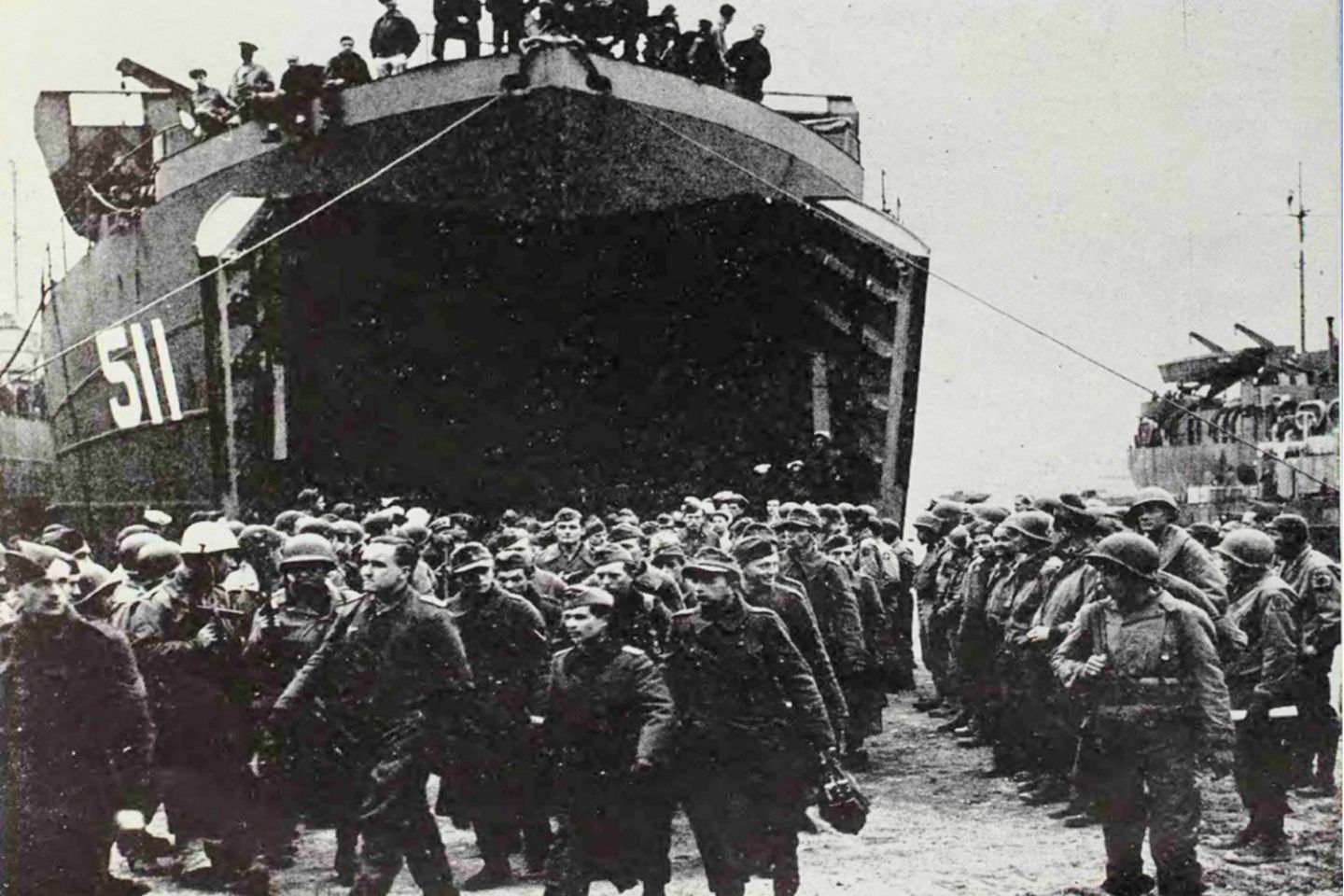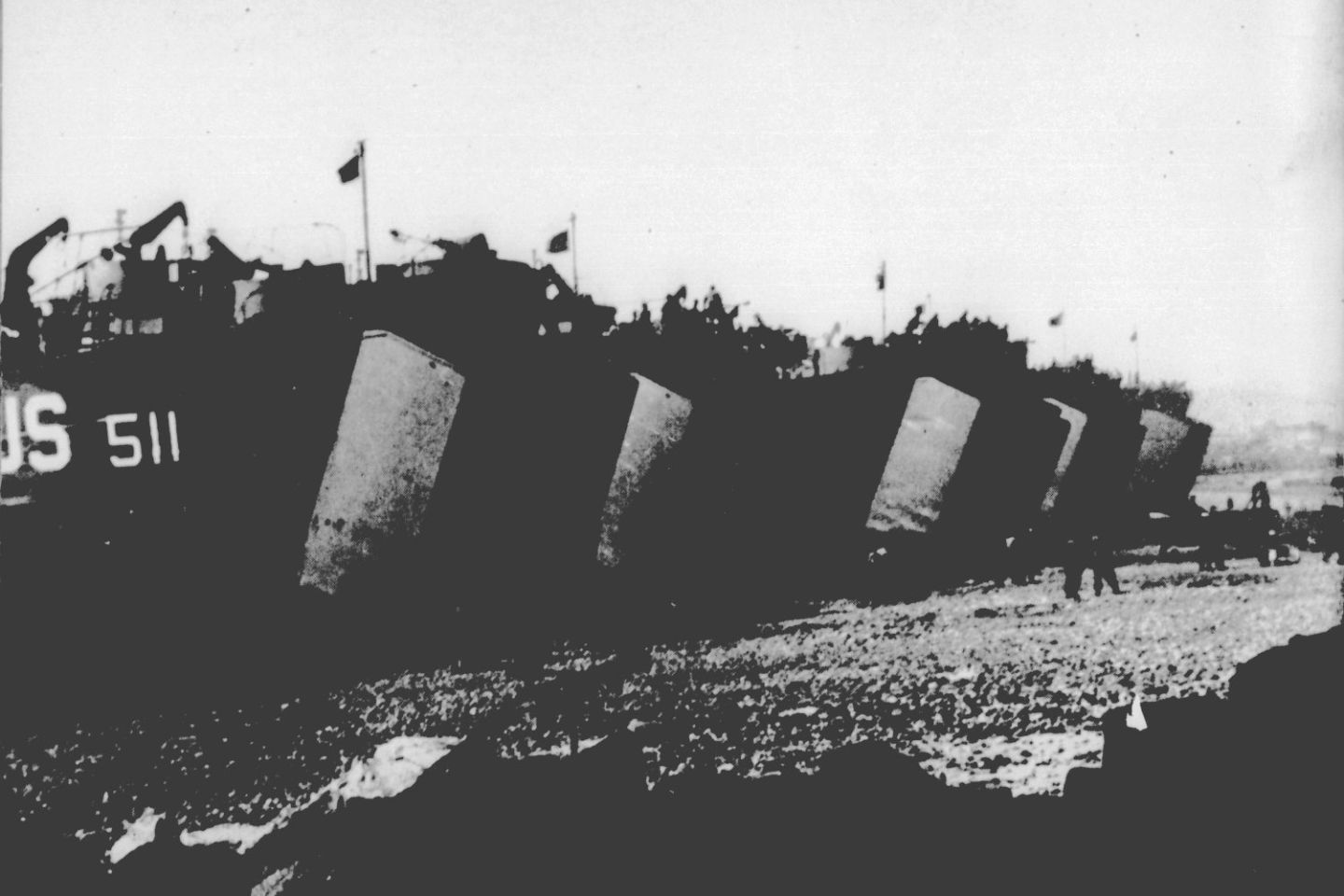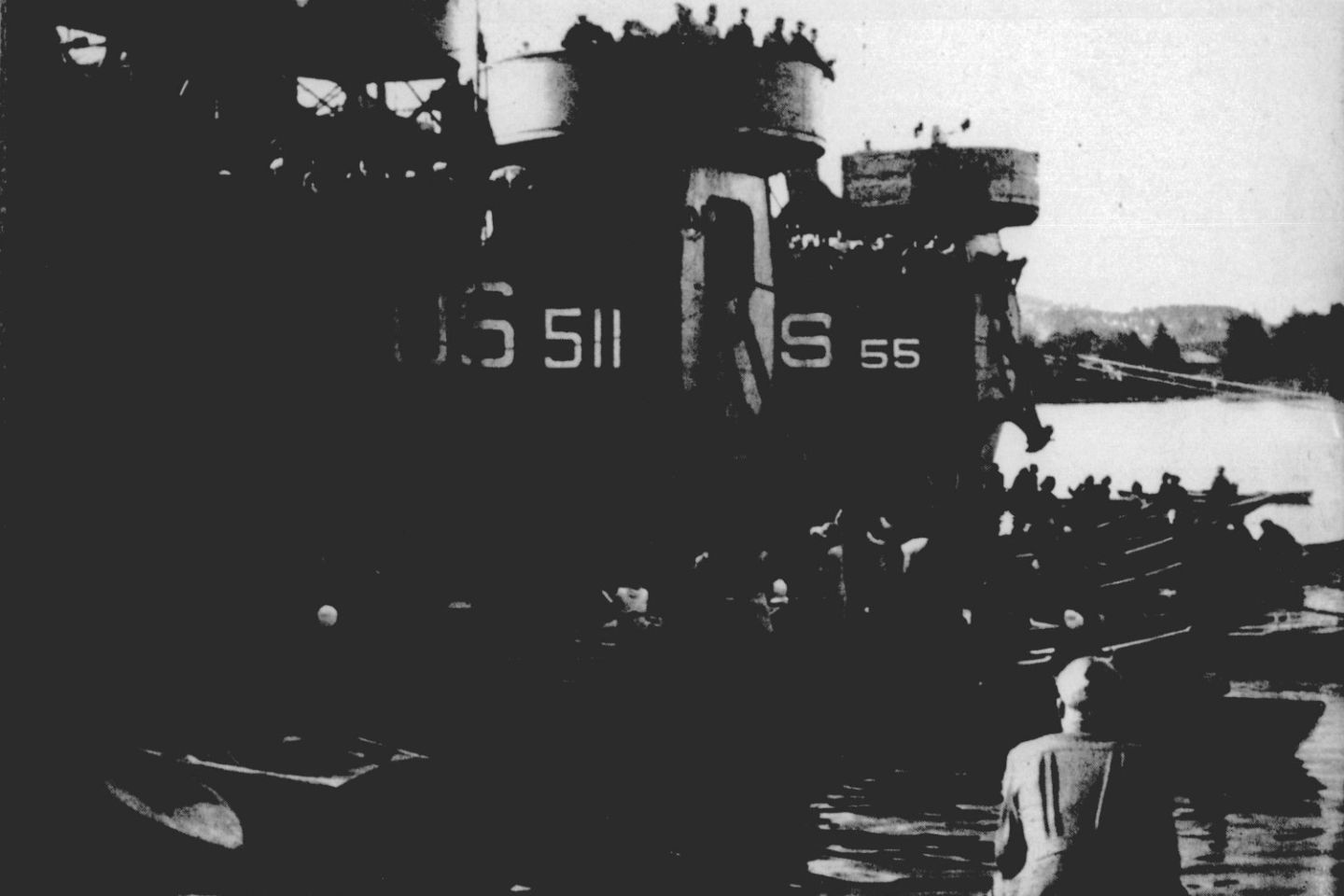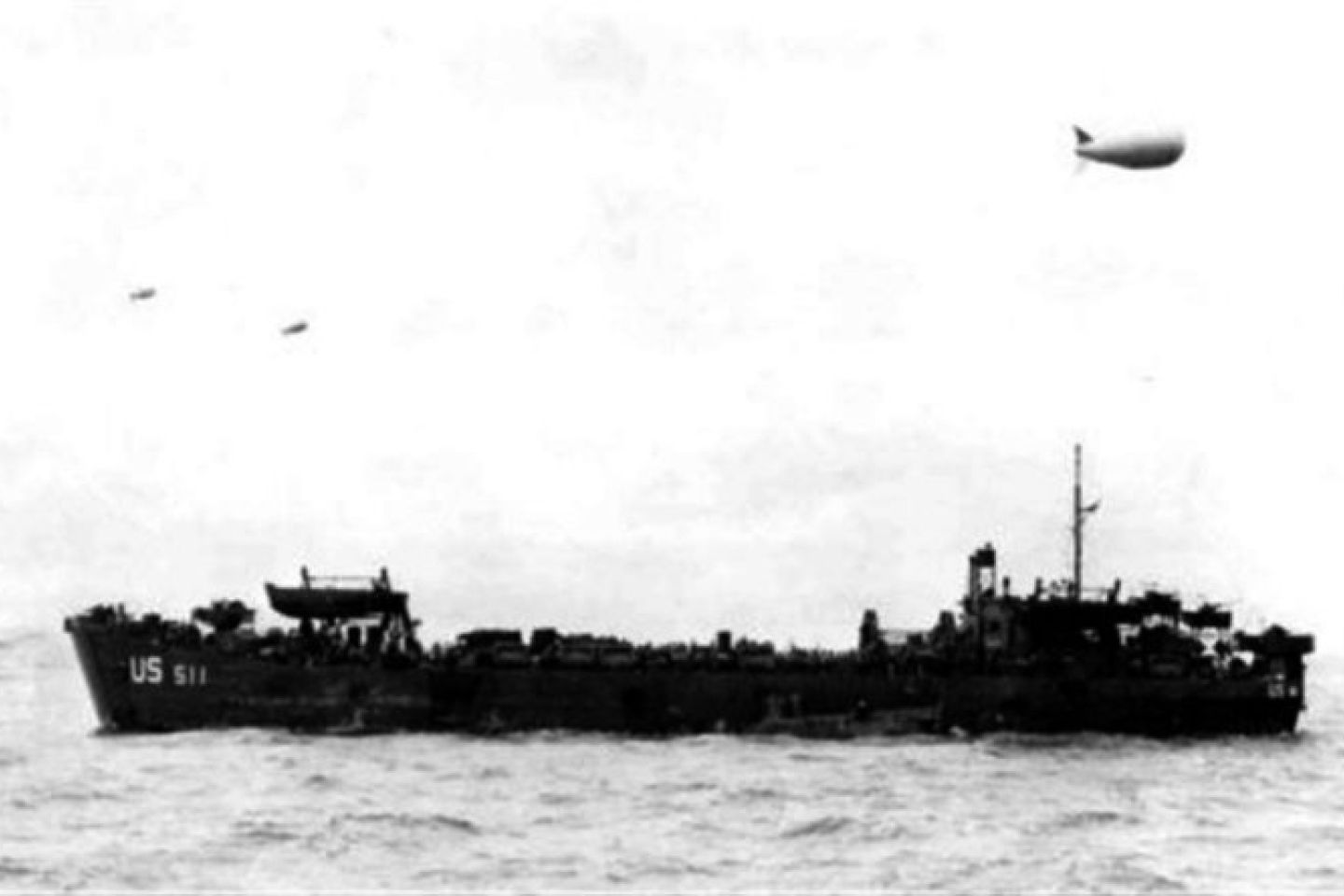LST511
The Chicago Bridge & Iron Company put down the foundation for the USS LST511 on July 22nd, 1943, in Seneca, Ill. She was launched on November 30th, 1943, and Mrs. James V. Gaynor was the sponsor. The ship was commissioned on January 3rd, 1944, with Lieutenant John Yacevich serving as the commander.
In the course of World War II, the LST511 was used in the European theatre of operations and took part in the invasion of Normandy in the month of June 1944.
As soon as she arrived back in the United States, she was decommissioned on December 19th, 1945, and then on January 8th, 1946, she was finally removed from the Navy list.
Anglo-Canadian Pulp & Paper Mills, located in Quebec, Canada, purchased the ship on February 17th, 1948, with the intention of putting her into business.
A single battle star was awarded to LST-511 for its service during World War II.
Specifications: |
| |
History | LST-491 Class Tank Landing Ship (Mk 2):
| |
Commanding Officer(s) |
|



